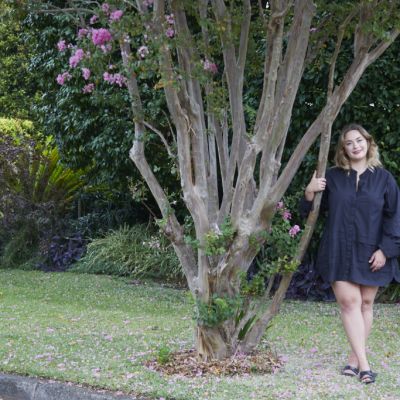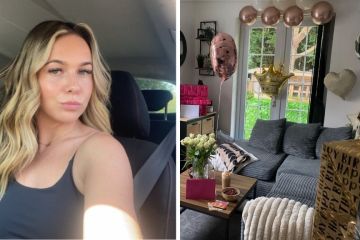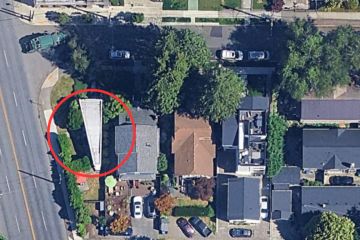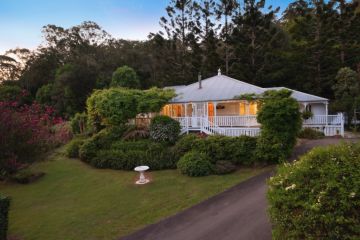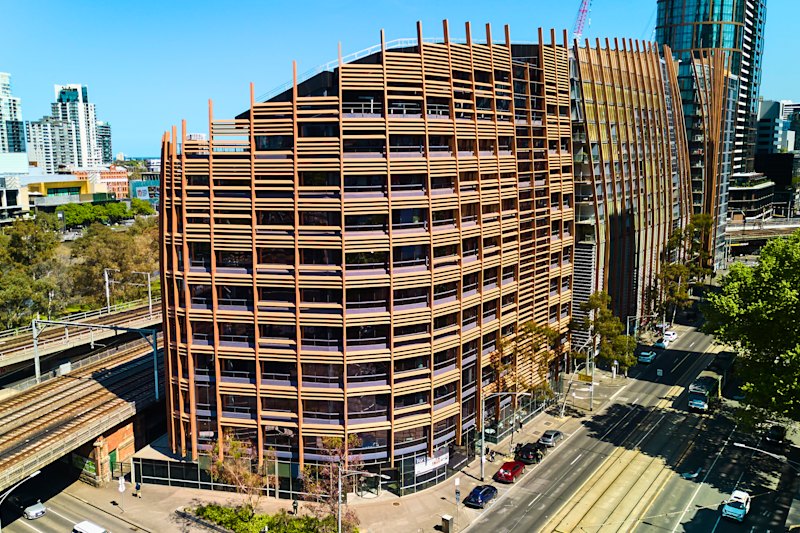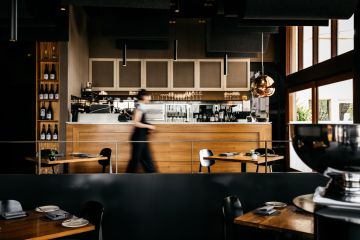'Six-year rule': How rentvestors can avoid capital gains tax
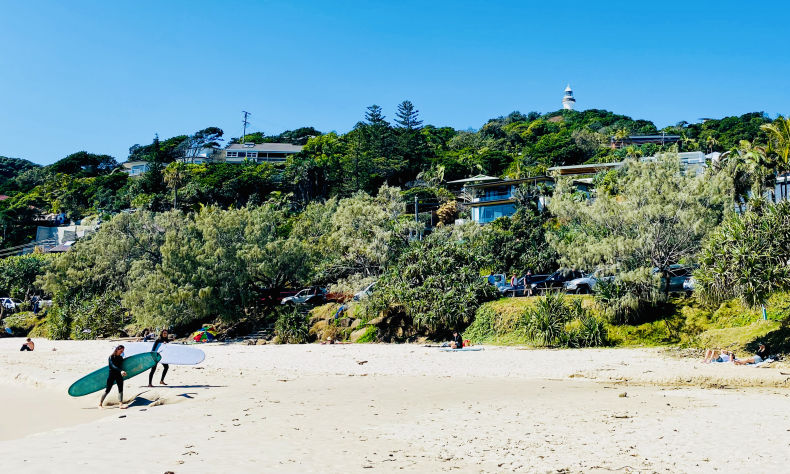
Rentvesting has become phenomenally popular over the past 10 years, generally among first-home buyers who can’t afford to buy a home where they’d like to live, so they rent in their chosen location and invest elsewhere.
But increasingly, it’s becoming a valuable part of an investment strategy for older, wealthier property buyers.
The major draw is what experts have labelled the “six-year rule”, which means if someone buys a property, lives in it for six to 12 months, and then rents it out, they don’t pay any capital gains tax on the growth in its value for six years.
Generally, if you hadn’t lived in it at all, then you’d have to pay the tax from the day you bought it, so if it were sold after a year, half of the growth in price would be counted as capital gain.
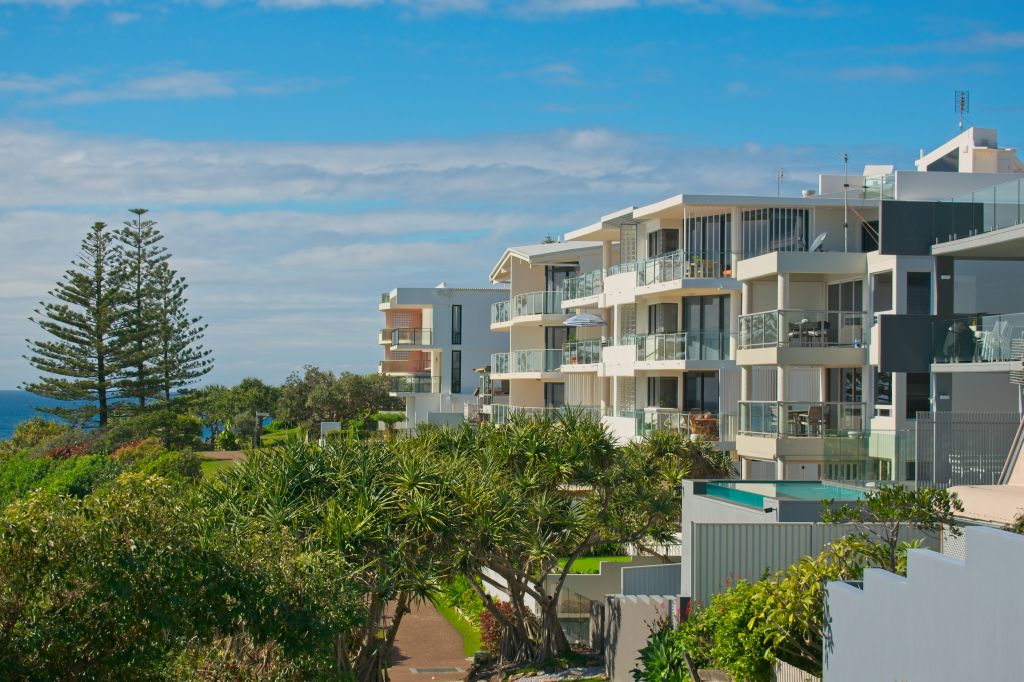
As a result, rentvesting can be worth a great deal for residential property investors. “It becomes a real asset,” said Mark Chapman, spokesperson for H&R Block. “Provided the home is counted as the main residence, even though it’s rented out, it still qualifies for that main exemption, just like a family home.
“It means you have to rent somewhere, too, that you actually live in, but that may suit some investors and it means they can pick up the benefit of the capital gains exemption on that first property.”
Many investors might not have considered this strategy before, not having contemplated the prospect of renting a primary residence. But today, with rents skyrocketing so much over the past two years, some first-home buyers can no longer afford to rentvest, leaving the field open for more investors.
“I’ve done it myself,” said Nicola McDougall, chair of the Property Investment Professionals of Australia. “I bought a property in Brisbane and live in it as my home for five years then we shifted to the Sunshine Coast and rented a home there, renting out the Brisbane place but keeping it as the principal place of residence.
“It worked for us as a sound investment strategy and, given the current state of the rental market, you have to be a high-earner in order to afford to rent in the best locations.”
Managing director of buyers’ agency Aus Property Professionals Lloyd Edge says it sometimes doesn’t make sense simply to leave equity in a home when it could be put to better use, especially as buying in a secondary area often provides better yields and capital growth.
“Most who’ve done this do move around a lot, maybe between Sydney, Melbourne and Byron Bay at different times of year or overseas, often because of their work,” Edge said. “Usually, they don’t have kids, so renting a home suits them and makes sure they’re not tied down.
“At the same time, they’re receiving cash flow from their rental properties, they have more disposable income, and they’re able to use their funds to build up their portfolio. It’s a decision that a lot of people are making these days.”
We recommend
We thought you might like
States
Capital Cities
Capital Cities - Rentals
Popular Areas
Allhomes
More

